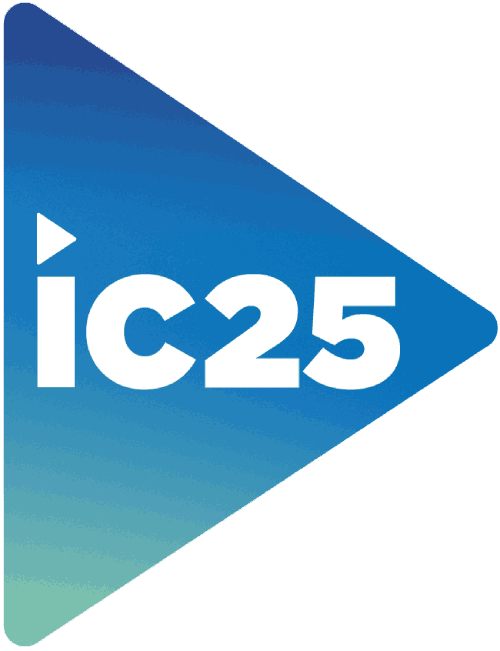LED displays in action: Differences between mobile and fixed solutions

Although they share the same base technology, their applications and features vary significantly depending on the intended use. Is it for a live event? Is it a show? A conference? Each project has its specific needs and integrators, designers and rental companies must be prepared to choose their models to meet customer requirements.

LED displays and their differences
As we already know, these devices use light-emitting diodes (LEDs) to project images and videos with high luminosity and definition. Their versatility allows them to be adapted to different needs, from live shows to advertising in public spaces. But there are differences between event and fixed LED screens.
Mobility and structure:
- Events: Designed to be portable and modular, facilitating assembly and disassembly in different locations as needed.
- Fixed advertising: Permanently installed in strategic locations, such as building facades or shopping malls, requiring robust support structures.
Brightness and visibility:
- Events: Equipped with adjustable brightness to adapt to different lighting conditions, both indoors and outdoors.
- Fixed advertising: They require high brightness to ensure visibility of content throughout the day, especially outdoors.
3. Resolution and image quality:
- Events: They usually have a higher resolution to deliver a stunning visual experience at close range.
- Fixed advertising: The resolution may be lower, as they are intended to be viewed from greater distances.
4. Durability and maintenance:
- Events: Built to withstand frequent assembly and disassembly, with lightweight materials and quick assembly systems.
- Fixed advertising: Designed to withstand adverse weather conditions for long periods, with minimal maintenance.

Practical applications
An outstanding case is the implementation of fixed LED screens in facades or stores inside shopping malls, where a constant and striking presence is sought to attract customers. They can also be used for advertising on public roads, generally installed on properties.
These installations require detailed planning and solid support structures to ensure their durability and efficiency.
For example, Dinalight installed the P1.2, P1.8 and P2.5 models in different PUMA retail stores in Argentina (Unicenter Flagship) and Mexico (Mexico City), giving more visibility to the brand's products and even offering a 360° interactive space.
The displays are not only an eye-catcher in the external display of the stores, but also form part of the internal decoration.
If we talk about use in events, at the BumBum Festival in Cordoba (Argentina) P3.9 and P4.8 Outdoor Rental LED screens were used to provide a high quality visual experience to the thousands of attendees. " These screens, designed for events, provided vibrant colors and high definition, even under varying weather conditions, demonstrating its adaptability and performance in demanding environments," said Gabriel Pasiha, commercial manager of Dinalight Mexico.

Which one to choose according to your needs?
- For temporary events: Opt for LED screens designed for rental, which offer flexibility and ease of transportation.
- For permanent advertising: Choose fixed LED screens, which guarantee a constant presence and resistance to environmental conditions.
"When selecting an LED display, it is essential to evaluate factors such as budget, location and duration of use. Fixed screens may involve a higher initial investment, but offer long-term benefits. On the other hand, event displays provide versatility and are ideal for temporary needs," Gabriel concluded.
If you need personalized advice to choose the most suitable option for your project, Dinalight staff will be present at InfoComm Latin America(booth #103) to show you the available models and all their features. Reserve your place and see you in Mexico!


